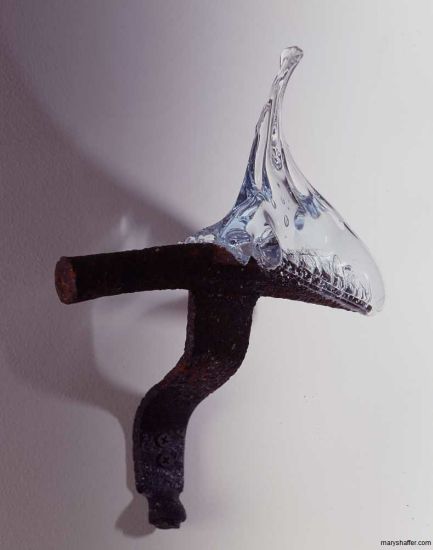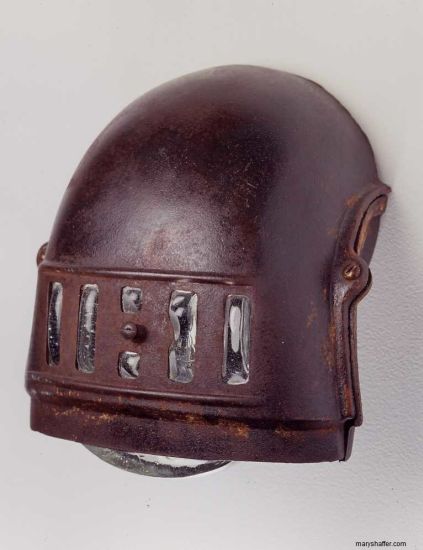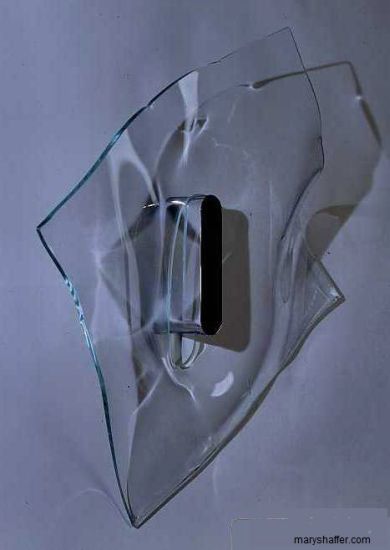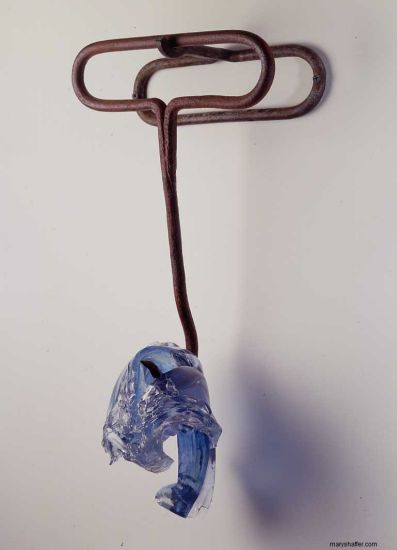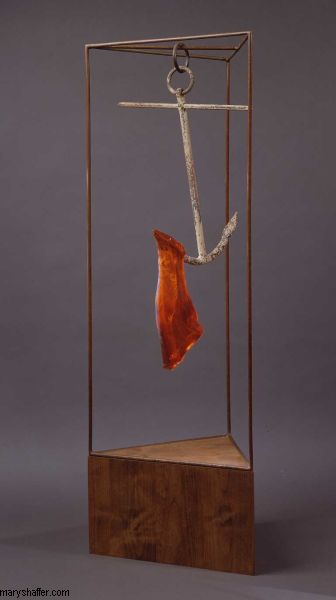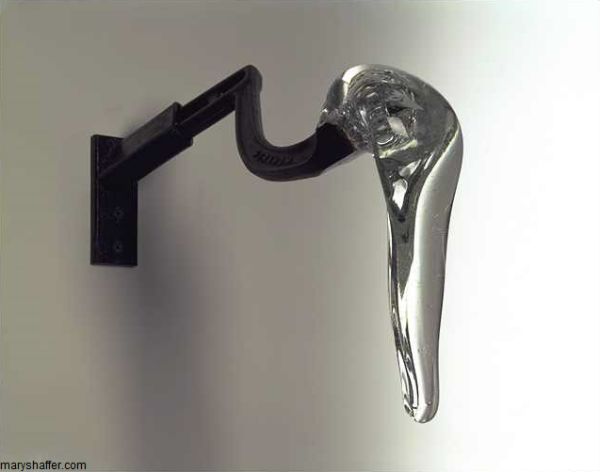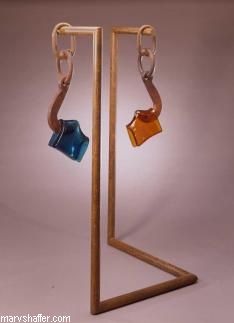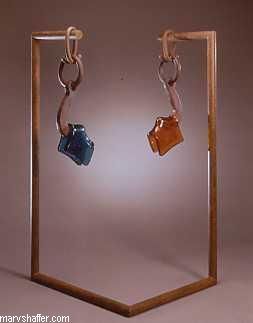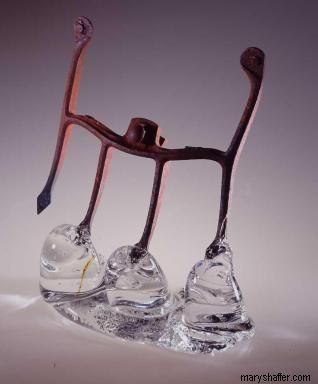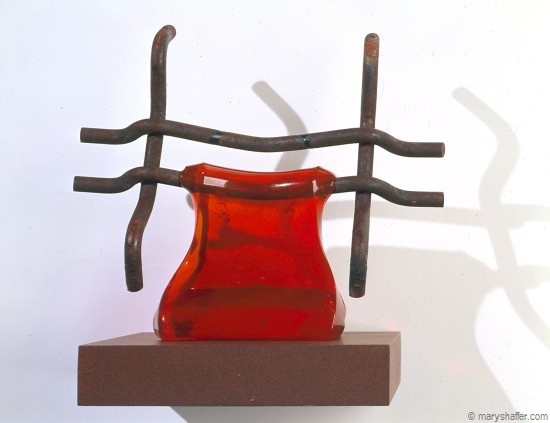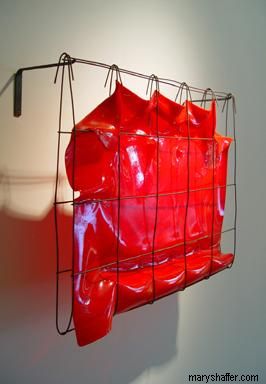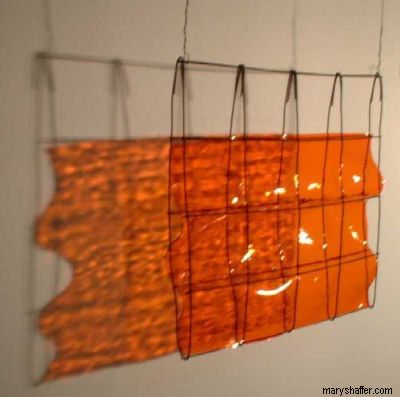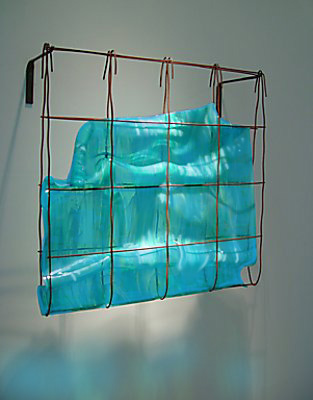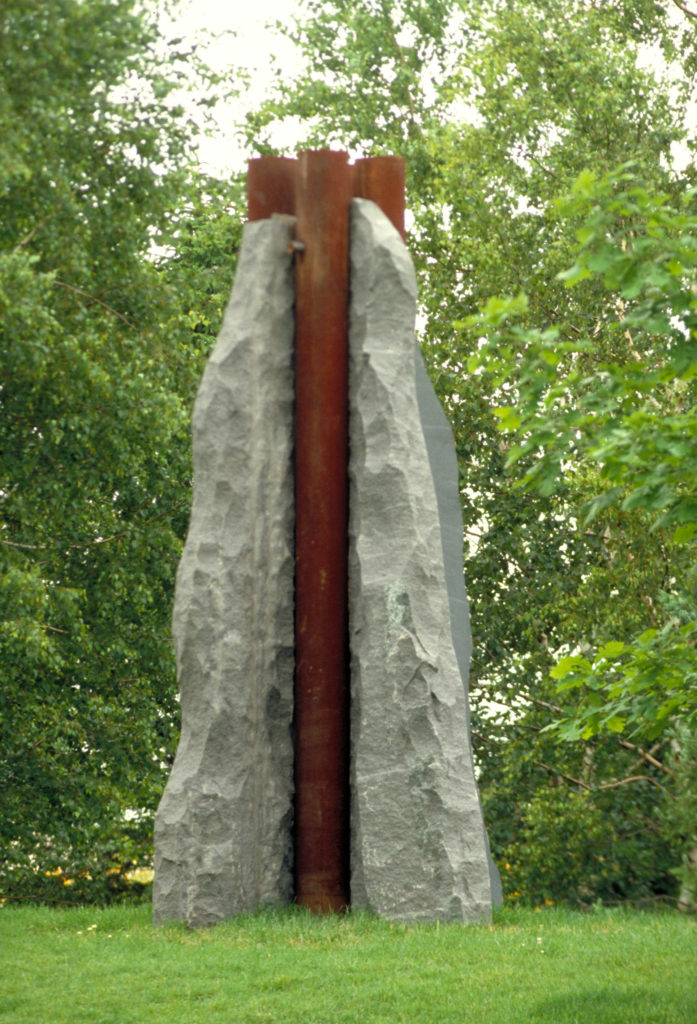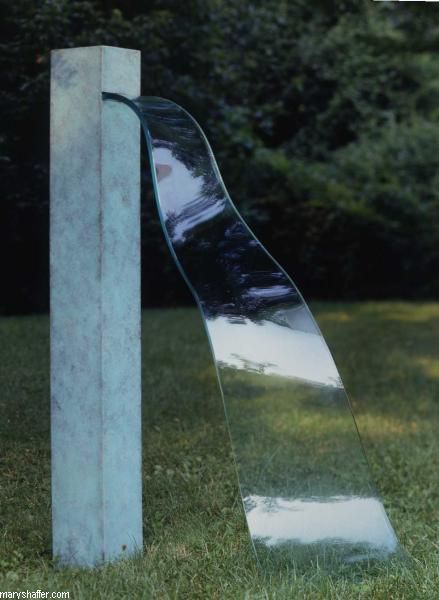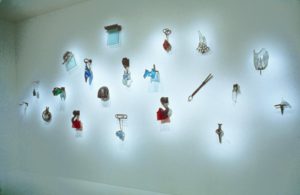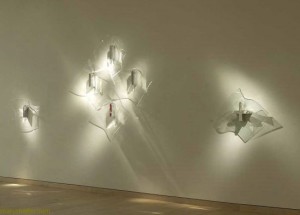ArtBeat
Tuesday, March 13, 2007
ArtBeat’s Kathryn Davis spoke with Mary Shaffer about the exhibition Visions 1970 – 2007, on display at the Gerald Peters Gallery, Santa Fe, NM, March 1 to March 31, 2007.
Kathryn M. Davis, art historian, Art of the Americas, MA, University of New Mexico, specializes in modern and contemporary art theory in American art. She has taught art history at The College of Santa Fe, the University of Tennessee, and Santa Fe’s Center for Contemporary Art. Ms. Davis has over a decade of experience in the field of modern and contemporary art theory, and is currently writing art criticism for local and national publications.
Click here to listen to Kathy Davis’ 7:18 minute interview with Mary Shaffer. (6.7 MB mp3)
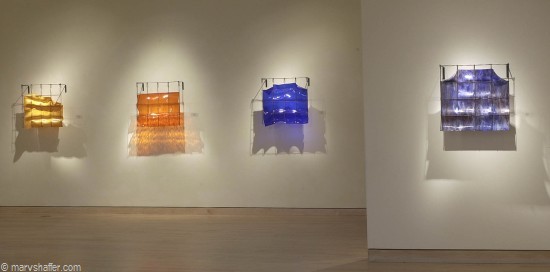
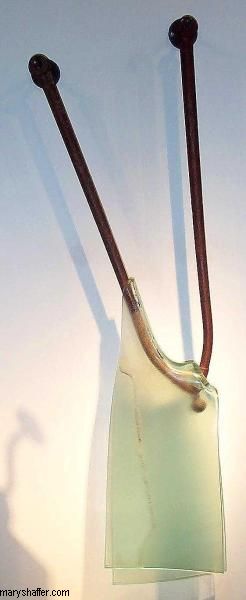
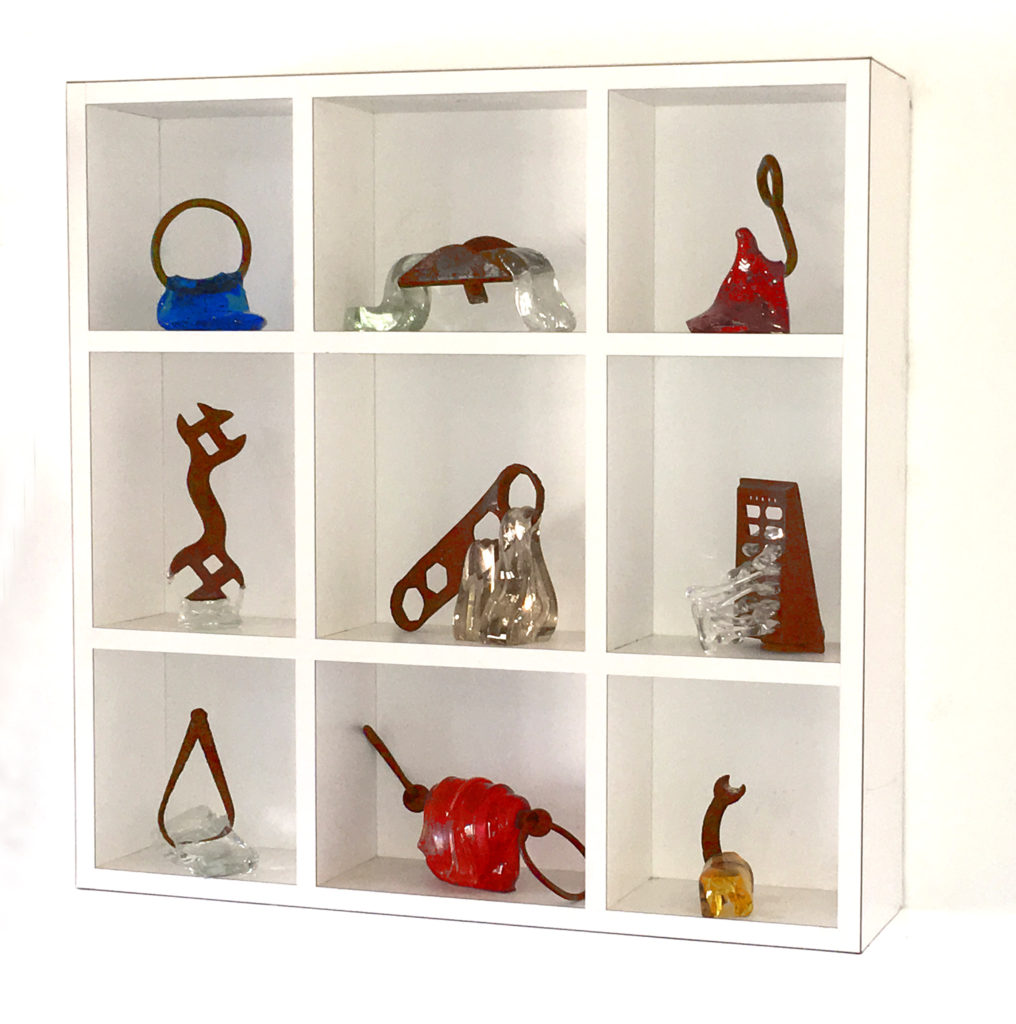
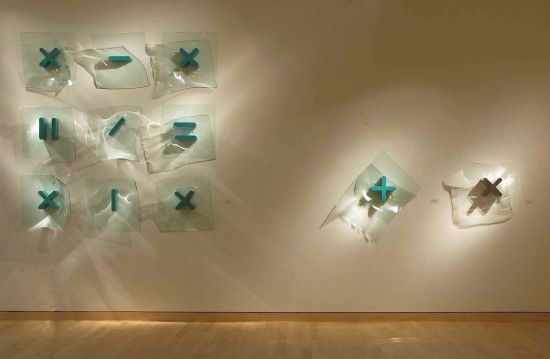
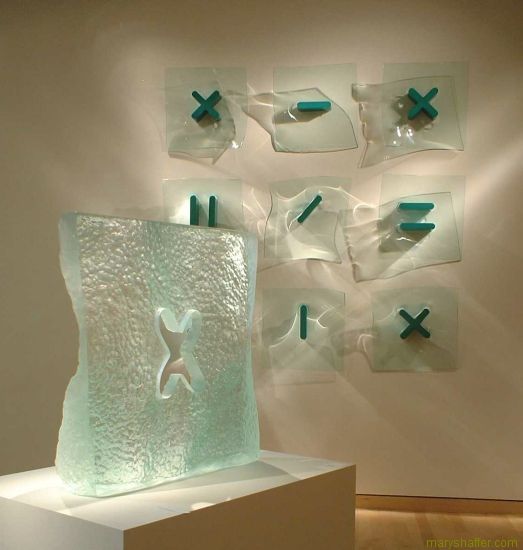
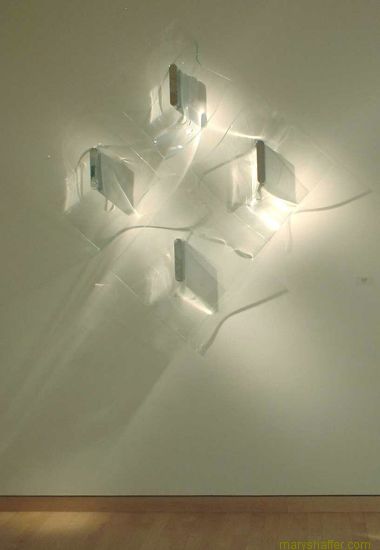
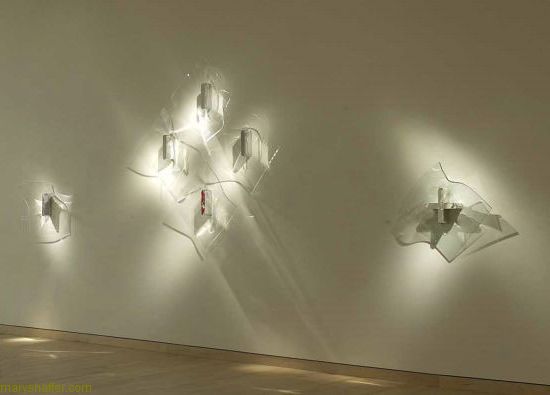
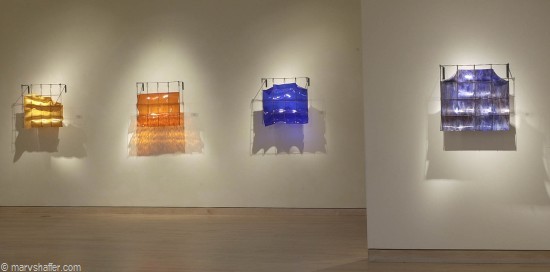

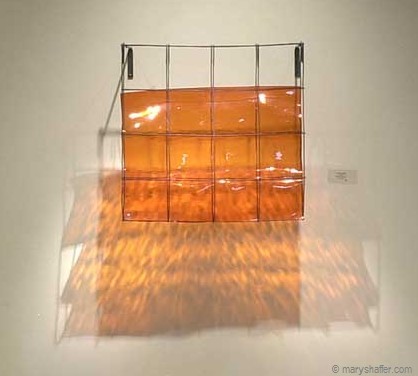
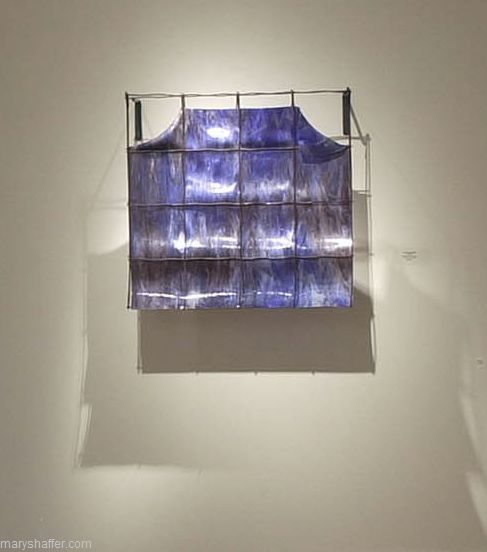
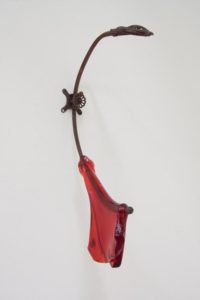 Relatively few new forms of art were invented in the Twentieth Century. One of great significance, though, has been the century-long interest in found objects and their amendation and re-presentation. From Marcel Duchamp to the Surrealists, from Joseph Cornell to Robert Rauschenberg, from Meret Oppenheim to Donald Lipski, and from many many more there has been something particularly alluring about the discovery of something in the ‘real’ world, some object with its own dormant presence and mute history that can be somehow rehabilitated, resuscitated, and returned to the realm of the interesting by the imposition of an artist’s hand and imagination. Mary Shaffer is a lot of things, and, like some of the artists mentioned above, her interests extend in other directions as well. But the exercises in looking that comprise her recent sculpture is surely centered in her sensitive scavenging, in her ability to take what is seemingly beneath notice and release from it new realms of suggestion and meaning.
Relatively few new forms of art were invented in the Twentieth Century. One of great significance, though, has been the century-long interest in found objects and their amendation and re-presentation. From Marcel Duchamp to the Surrealists, from Joseph Cornell to Robert Rauschenberg, from Meret Oppenheim to Donald Lipski, and from many many more there has been something particularly alluring about the discovery of something in the ‘real’ world, some object with its own dormant presence and mute history that can be somehow rehabilitated, resuscitated, and returned to the realm of the interesting by the imposition of an artist’s hand and imagination. Mary Shaffer is a lot of things, and, like some of the artists mentioned above, her interests extend in other directions as well. But the exercises in looking that comprise her recent sculpture is surely centered in her sensitive scavenging, in her ability to take what is seemingly beneath notice and release from it new realms of suggestion and meaning. 